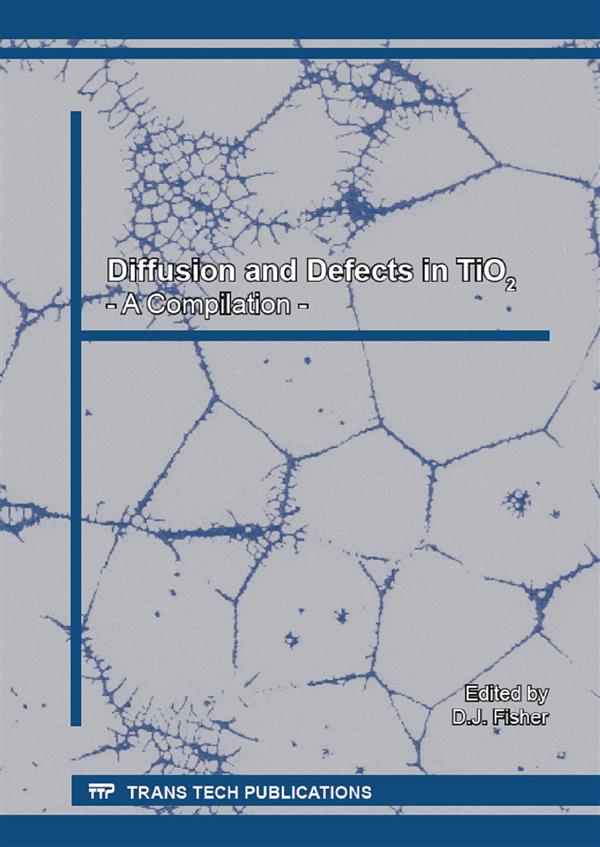Diffusion and Defects in TiO2

Description:
Zinc oxide, already used millennia ago as a medicine and as an adjunct to brass production, has assumed a new importance in the modern world because of its native n-type semiconducting properties. It has, for instance, a relatively large (3.3eV) band-gap at room temperature. This leads to higher breakdown voltages, resistance to high electric fields, lower electronic noise and superior performance at high temperatures and powers. The band-gap can also be tailored by alloying with magnesium or cadmium oxides. The material exhibits other useful properties, such as a good transparency, a high electron mobility and a strong room-temperature luminescence; all of which are invaluable to the manufacture of the liquid-crystal displays of modern consumer goods. The present compilation comprises nearly 500 accounts of research on the diffusional behaviour of dopants and on the defects present in the wurtzite or zincblende structures. It is hoped that this handy compendium of data will be of value to those working on the tailoring of ZnO properties; especially with regard to the controversies concerning its doping behaviour.
Purchase this book:
eBook+Print
978-3-03785-852-3
* 1-User Access (Single User-Price). For Multi-User-Price please fill a
contact form
Info:
Editors:
Dr. David J. Fisher
Details:
special topic volume
ISBN-13 (softcover):
9783037858523
ISBN-13 (CD):
9783037955604
ISBN-13 (eBook):
9783038262336
Review from Ringgold Inc., ProtoView:
Paragraph-long abstracts of 451 articles describe diffusion and defects in the naturally occurring oxide known variously as titanium dioxide, titanium(IV) oxide, and titania. They are arranged in topical sections on diffusion, conductivity, electromigration, dislocations, grain boundaries, planar defects, point defects, stacking faults, surface defects, surface reconstruction, and twins. A few tables and graphs are included.

